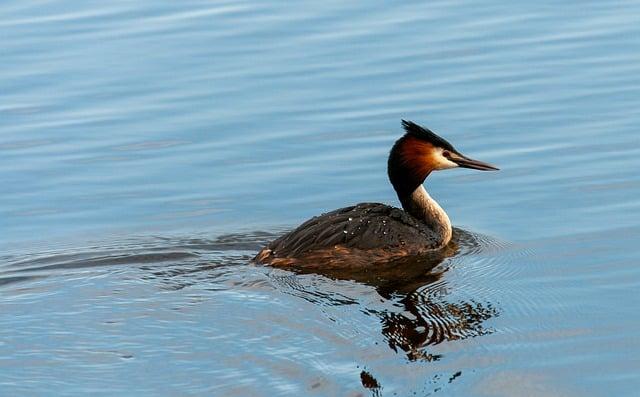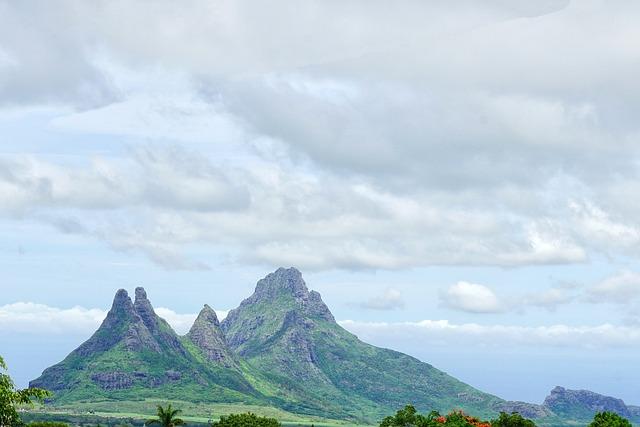Introduction
The Dodo bird, native to the island of Mauritius in the Indian Ocean, holds a unique place in history as a symbol of human impact on wildlife. This flightless bird became extinct in the late 17th century, leaving behind a legacy of wonder and intrigue.
Historical Background
The Dodo bird, scientifically known as Raphus cucullatus, was first discovered by European explorers in the late 16th century. Due to its inability to fly and lack of natural predators, the Dodo evolved into a large, flightless bird with no fear of humans. This made them an easy target for sailors and settlers, leading to their rapid decline.

(Image: Pixabay/@alba1970)
As humans settled on Mauritius, they brought invasive species like rats, cats, and pigs that preyed on Dodo eggs and competed for food resources. By the mid-17th century, the Dodo population had dwindled to the point of no return, and the last confirmed sighting of a Dodo bird was in 1662.
Extinction
The extinction of the Dodo bird serves as a cautionary tale of the devastating impact of human colonization on vulnerable species. While some myths claim the Dodo was a clumsy and unintelligent creature, recent research suggests otherwise. Scientists believe that the Dodo was well-adapted to its environment and played a crucial role in dispersing seeds.

(Image: Pixabay/@Marisa04)
Despite conservation efforts in recent years, the Dodo remains forever gone, existing only in historical records, museums, and artistic depictions. Its extinction highlights the importance of environmental conservation and the need to protect endangered species from a similar fate.
Characteristics
The Dodo bird stood about three feet tall and weighed around 20-40 pounds, with a distinctive large beak and chubby appearance. Their plumage was believed to have been a mix of grays and browns, although the exact coloration remains uncertain due to the limited preserved specimens.

(Image: Pixabay/@bergslay)
One of the unique features of the Dodo was its reduced ability to fly, as evidenced by its tiny wings and robust body structure. This adaptation evolved due to the lack of predators on the island, leading to the bird's vulnerability when faced with introduced threats.
Ecological Role
Despite its reputation as a clumsy bird, the Dodo played a vital ecological role in Mauritius' ecosystem. By consuming fruits and dispersing seeds across the island, the Dodo contributed to the regeneration of native plants and maintained biodiversity within its habitat.

(Image: Pixabay/@makabera)
With the loss of the Dodo, Mauritius experienced significant changes in its plant composition and overall ecosystem dynamics. The absence of this keystone species highlighted the interconnectedness of species within an ecosystem and the repercussions of their removal.
Conclusion
In conclusion, the story of the Dodo bird serves as a somber reminder of the irreversible impact human actions can have on the natural world. By understanding the factors that led to the Dodo's extinction, we can strive to prevent similar tragedies from befalling other vulnerable species. Let the memory of the Dodo bird inspire us to protect and preserve our planet's biodiversity for future generations.

